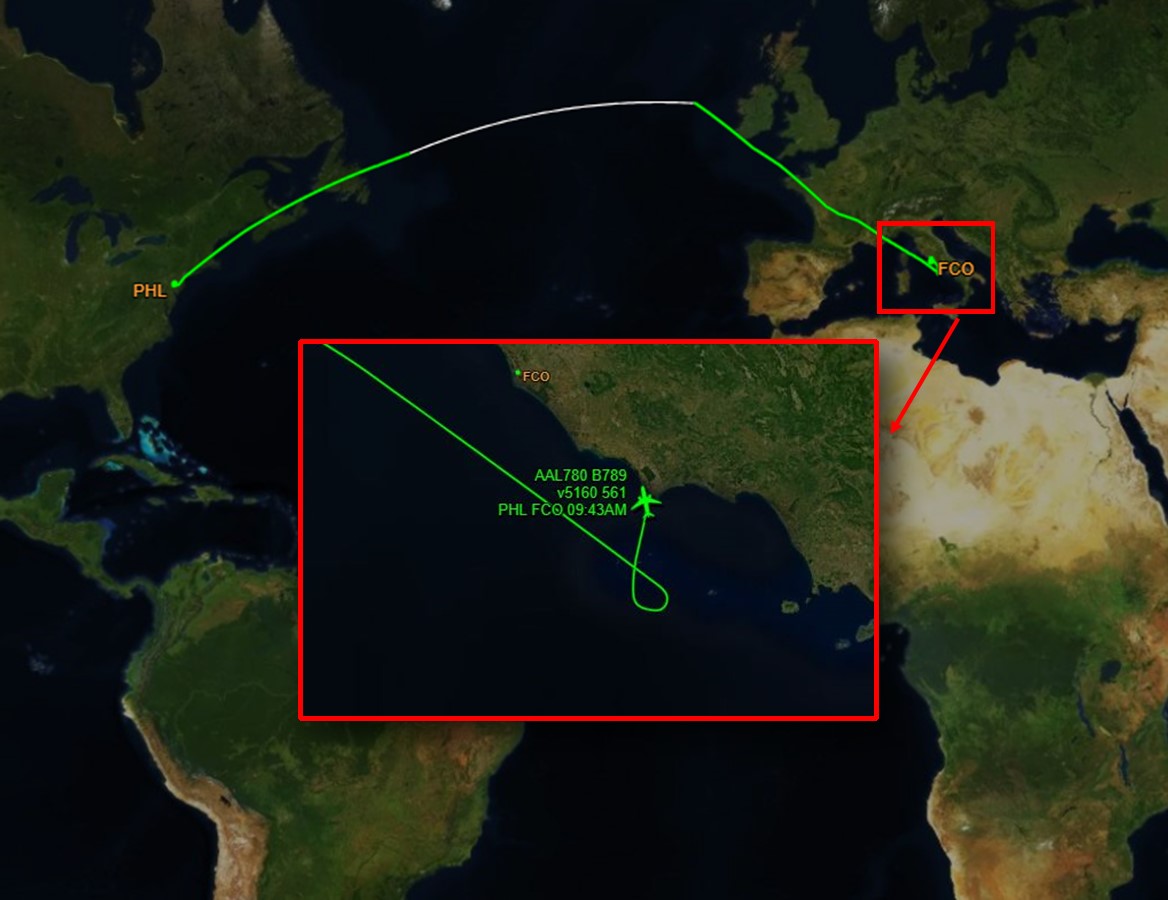Land of fires, Studio notes arsenic and mercury in plants in Giugliano and in the Carditello wood

Health Health Research Organization and Federico II: also in green areas not very anthropized in the sample mosses found toxic poisons. The study published by Science of the Total Environment
A new scientific study has detected alarming levels of toxic elements in the land of fires in Campania – an area that records one of the highest rates of incidence of tumors in Europe – also in areas so far deemed non -polluted. The research, published on Science of the Total Environmentused a musk (Scorpiurium Circinatum) as a bioindicator, detecting an accumulation of High concentrations of arsenic, mercury, lead And other potentially toxic elements both in an industrial site and in a rural area of Campania. These results come in the aftermath of the recent Judgment of the European Court of Human Rights (Cedu) who condemned Italy for the bad management of the land of fires, recognizing an « imminent » risk for the life of the population.
The study was conducted by a team from the Federico II University of Naples in collaboration with the Health Research Organization bold (Shro) of the Temple University by Philadelphia. The researchers employed Moss Bags, or bags containing moss samples capable of absorbing air pollutants, placing them in six points of two champion areas in Campania.
One of the areas was the forest of the Royal Palace of Carditelloa non -urbanized estate with a minimum human presence; the other was An industrial area in the municipality of Giugliano In Campania, one of the symbolic places of illegal waste disposal. As a meter of comparison, an isolated mountain location was chosen (the Monte Faito) devoid of polluting sources. The musk bags were exhibited for 21, 42 and 63 days, after which The samples were analyzed for seven toxic elements: arsenic, cadmium, chromium, copper, mercury, lead and antimony; We also moved on to the analysis of any cellular damage and oxidative stress in the plant tissues.
The mosses taken from Carditello and Giugliano have absorbed significant quantities of pollutantswhile the control samples of the Monte Faito They remained practically clean. After only three weeks of exposure In the sites of the land of fires, moss already contained relevant concentrations of contaminants: for example The arsenic reached about 2.2 mg per kg of fabric, copper 17 mg/kg and mercury 0.06. These levels, it is affirmed in the study, were found sufficient to trigger biological reactions in moss, including oxidative stress, activation of antioxidant defenses and ultrastructural damage observable in cells.
The fact that the musk shows signs of suffering after such a short exposure is indicated in the study, represents an alarm bell: indicates that breathing the air of these areas, even for limited periods, can cause stress on cellular level in living organisms.
«This research – he explains Antonio Giordanopresident of Shroco -author of the research and for a long time engaged in the study of the effects of the land of fires on health, in an official declaration on the sidelines of the publication – scientifically validate what we have been denouncing for years: The land of fires is an undergoing environmental catastrophe, with serious repercussions on public health. It is alarming to note that even an area considered integrated is actually contaminated and biologically under stress ». And Giordano adds: « There are no more doubts that the toxic fumes of the burning of waste permeate the entire environment. In light of these results, and the recent European sentence, We must adopt an One Health approach, recognizing that protecting the environment means protecting human health. Immediate and concrete interventions are needed to reclaim polluted areas e prevent further spills and illegal fires. The health of our communities and the future of our ecosystem depend on a rapid action ».
A crucial figure emerged from the study conducted by Shro and Federico II is that The degree of contamination and biological damage in musk is similar in both areas examined, despite one is a little anthropized green area and another an industrial area. This means that the toxic fumes of the burning of waste do not remain confined near the illegal landfills, but they disperse widely in the environment. The doctor underlines it Adriana Basileco -author and editing of the study: «There is no preserved and safe place for the environment and human health in the affected area. In other words, Even the apparently clean locations are now compromised by widespread contamination». To reiterate the impact of the research conducted is the doctor Iris Maria Fortenot for the first time on the ground of the fires since in the past he has already participated in the Veritas della Shro project: « This study provides a confirmation on the severity of pollution and the need for immediate action. The implications of these results go beyond the environmental sphere and touch public health directly, in line with the One Health approach. One Health recognizes that human health is strictly interconnected with the health of ecosystems and animals. By showing that even plant life undergoes toxic effects, the study highlights a domino effect through the ecosystem. If a stationary musk – underlines – can accumulate poisons and show signs of biological suffering within a few weeks, you can imagine the chronic exposure suffered by residents over the years or decades « . The authors show that the damage observed in moss then « reflect the potential health risk » for the local population exposed daily to toxic fumes, underlining the urgent need for remediation interventions to mitigate this « huge social and health question ».
Go to all the news of Naples
<!–
Corriere della Sera è anche su Whatsapp. È sufficiente cliccare qui per iscriversi al canale ed essere sempre aggiornati.–>








